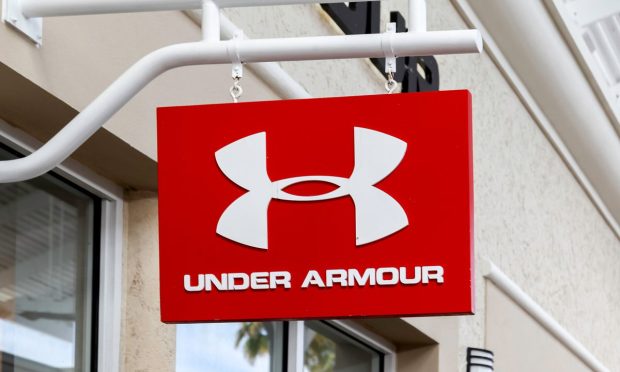Under Armour Gets Stomped, Says Unexpected Supply Chain, COVID and Asian Headwinds Are Temporary

With its stock cut in half over the past six months, Baltimore-based apparel and footwear retailer Under Armour said Friday (May 6) that investors need to be patient while the company works through a mix of headwinds it said were surprising but temporary.
“The price of freight, supply chain challenges and COVID-19 are not as powerful as the global passion for sport,” Under Armour CEO Patrik Frisk told analysts on the company’s earnings call for the three months ending March 31, before expressing his confidence that the embattled brand that is now worth just $6 billion would still deliver on its promise of growth.
“It’s essential to look past near-term pressures and focus on the long-standing end prize,” Frisk said, pointing to ongoing supply challenges and emergent pandemic impacts on its Asia-Pacific operations for the weaker-than-expected results, as well as the fact that the company is coming off the best year in its 25-year history.
“These trends, which we believe to be temporary, are also expected to impact how fiscal ’23 is shaping up,” Frisk said, adding that profitable top-line growth is his No. 1 priority as CEO.
Ready, Set, Show
To enable this comeback, Under Armour is counting on a rebound in footwear sales, which fell 4% last quarter, and to outpace growth at its much larger apparel business, which accounts for nearly 70% of its sales.
At the same time, the company is looking to boost its direct-to-consumer (D2C) business, which was up just 1%, as well as its eCommerce sales, which account for 45% of D2C sales and rose 2% in the latest results. The company also said it is expecting to grow its retail sales, which were flat, and expand its wholesale business, which was up 4%, via additional product innovation.
“We believe our direct consumer, footwear, women’s and international businesses will drive this growth over the long term,” Frisk said, before pointing to the upcoming launch later this year of a revamped loyalty program.
“Adding even more horsepower to this effort, and taking lessons learned from the successful program implemented in China over the past year, we plan to launch a loyalty test pilot in North America by the end of 2022,” Frisk said, noting the impending, multifaceted program would engage consumers more deeply via events, rewards and connectivity to the company’s “human performance system.”
Transition to Fiscal Year
All of this forecasting, projection and planning is coming in the wake of Under Armour’s previously announced transition to a fiscal reporting year that will run from April 1 through March 31, 2023, a move that will eliminate fiscal year 2022.
As a result, the company is currently about one-third of the way through its first quarter of fiscal 2023 and expects sales to be flat to down slightly versus last year, as continued headwinds from order cancellations and supply constraints play out and Asian growth rebounds back to the low teens.
“We are on offense, even amid this continued highly uncertain environment,” Chief Financial Officer David Bergman said on the call. “Although the year ahead faces temporary headwinds, we are confident that the work we have done to transform our business, along with the strength of the Under Armour brand, sets us up to grow more meaningfully.”
